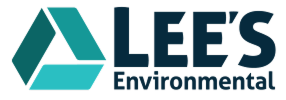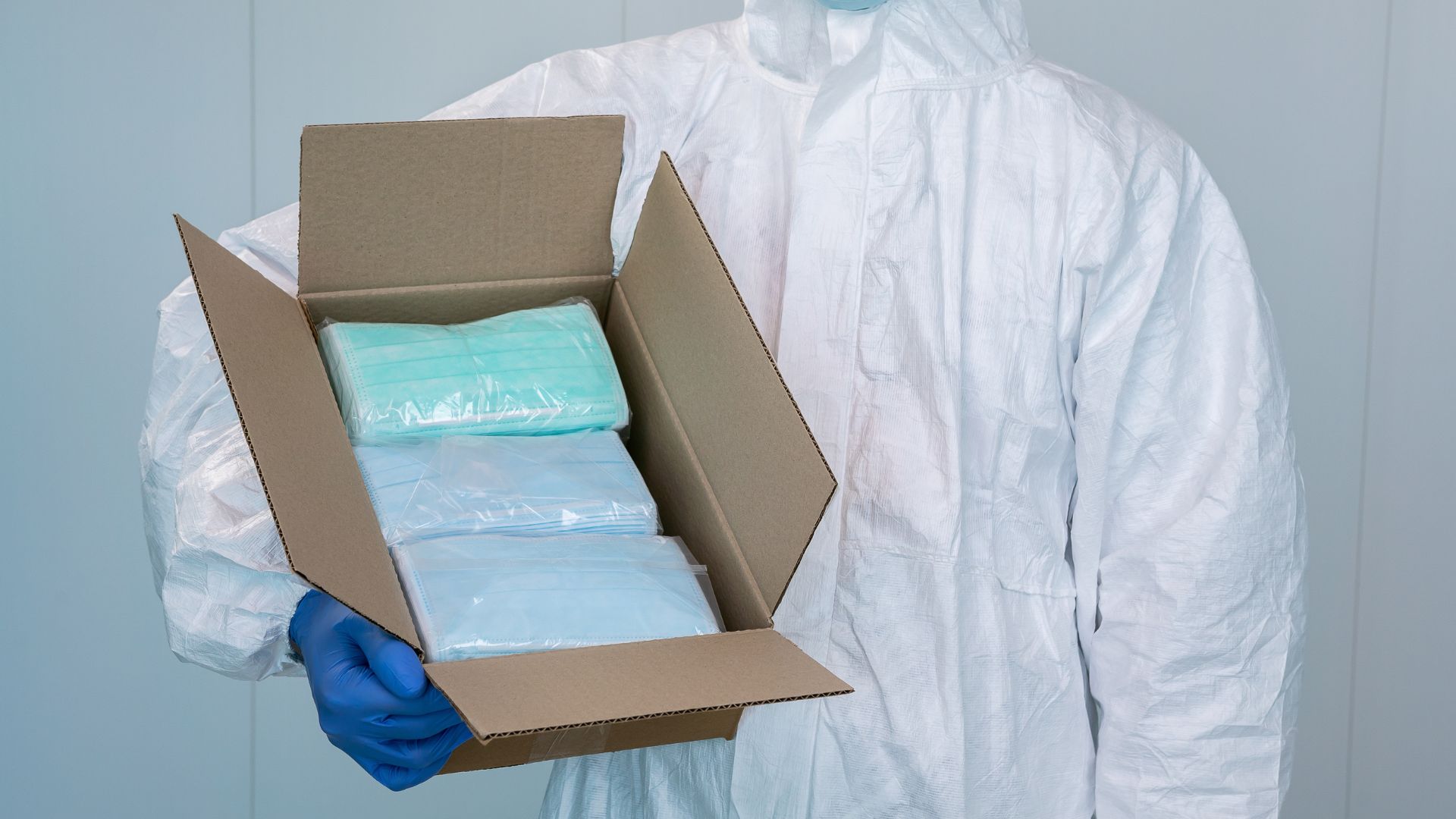The essential spill kit items help with the spill containment and general management process. A good kit can handle various spill types, whether a hazardous chemical spill or oil and fuel spills.
They are important throughout the spill cleanup process and they help to protect both human health and the surrounding environment.
What’s more, they come as fuel spill kits, hazardous materials spill kits, and general purpose spill kits.
Appropriate spill kits can handle almost any spill incident, so they are vital to you if you are dealing with liquids and chemicals.
This blog explores what makes up the essential spill kit items. You will see familiar items like personal protective equipment and waste disposal bags, as well as other items that are common in things like chemical spill kits.
What is An Emergency Spill Kit?
Emergency spill kits are safety equipment meant for the containment and cleanup of hazardous spills in a workplace, industrial site, and even in public places.
Spill kits also serve sets of purposes like complying with environmental regulations, ensuring safety in a workplace, and mitigating health issues related to hazardous chemical, fuel, or liquid spills.
Common items include contaminated waste bags, absorbent materials, loose absorbents, reusable materials, safety gear, and personal protective equipment.
A properly stocked spill kit is needed to respond to and mitigate oil leaks, chemical spills, and workplace hazards alongside an existing spill containment system.
Essential Items for Spill Response Kits
A well-designed spill kit is stocked with a variety of items crucial to the management of different types of spills. In order to achieve quick and swift spill and leak response, the following items are vital.
Dangerous Goods Absorbents
These are important in containing and soaking up spilled liquid to reduce or completely avoid further spread of the liquid to the spill site. Different forms of liquids need specific types of absorbents.
- Oil Only Absorbents absorb oil spills but not water. These types of absorbents are used both in ocean settings and in industrial settings.
- Chemical Absorbents can absorb hazardous chemicals. They guarantee a safe neutralisation, and hence a safer means of cleanup.
- General Purpose Absorbents absorb less hazardous liquids like ordinary water, detergents, coolants, and so on.
Containment and control of spills is done using absorbent pads, socks, and booms.
Personal Protective Equipment (PPE)
PPE is essential for the safety of personnel responding to a spill. The type of protective gear required depends on the spill’s nature.
Common things found in your PPE kit include gloves, safety goggles or face shields, protective suits, and respirators or masks. Chemical-resistant gloves protect hands from hazardous substances. Safety goggles or face shields prevent exposure to splashes and fumes. Disposable coveralls shield the body from harmful spills. Respirators or masks are necessary when handling toxic fumes or airborne contaminants.
Decontaminants
Following the containment of a spill, the subsequent decontamination process is thoroughly done with the help of decontaminants. Equipment used during this phase includes acid or base neutralisers, cleaning agents for chemicals, surface decontaminating agents, and any equipment that guarantees thorough cleaning of the area to make it ready for use.
General Purpose Spill Containers
These containers assure safe storage and movement of harmful waste. Overpack drums are sealed drums that guarantee no leakage with the contaminated absorbent or waste they contain. Sealed bins are perfect for aiding small offices, workshops, or warehouses.
Liquid Waste and Contaminated Waste Storage Containers
These provide liquid waste storage. Drums are used to collect liquid waste, and excess removed liquid that is deemed dangerous, providing a safe means of storage until deemed ready for disposal. Spill trays and bunds guarantee that the increases in stored strained waste do not leak or cause spilling. Drain covers and mats guarantee that the drainage systems are not contaminated by the substances that are put in them.
Spill CleanUp Equipment
In order to maintain efficiency and speed while responding to an accident, having the appropriate tools guarantees swift and efficient reaction. Shovels and scrapers are used to collect and dispose of solid and semi-solid spills. Mops and buckets help clean the remaining spills. Vacuum systems and industrial vacuum cleaners safely remove liquid spills.
Safety Labels
A sign of a safety sign that is visible will fetch attention and aid in the observance of rules and regulations put in place in regard to safety in a place of work. Important signage monitors include spill hazard signs, PPE requirements signs, and emergency exit and first-aid signs. Spill hazard signs warn employees and visitors of clean up in progress. PPE requirement signs designate staff to protective equipment prior to entry into the area marked as the spill zone. Emergency exit and first-aid signs mark and direct employees to aids and medical assistance needed.
Spill Assessment Tools
It is important to consider an assessment of a spill before embarking on a cleanup exercise. Assessment tools include pH test strips, chemical detection kits, and spill response check lists. pH test strips provide information on the level of the acid base nature of the material that was spilled. Chemical detection kits find out about the existence of some chemicals that could lead to dangers and therefore secure needed clean up action accordingly. Spill response check lists indicate in order how to assist in the containment and disposal of the spillage.
Emergency Spill Protocol
Spills are one of the most difficult issues you confront on a day to day basis in any workplace.
Following set spill response protocol assists in the encapsulated risk outline while keeping all exposed risks to a minimal. Determine the nature and volume of the fluid and consider the danger it presents to humans and the environment. Inform the employees in the vicinity or around the spill and take steps to seal the space to block entrance and movement into the area. Equip the responders with the needed protective clothing appropriate for the job for the responding unit.
Douse up the space with cotton wool, floating barriers, or walls built up with flexible piping to decrease the flow from the sides of the place. Apply appropriate tools and decontaminants for absorption and removal. Place the contaminated materials in the appropriate waste containers for designated disposal. Record the details of the spill in order to comply with organisational policies and prevent similar incidents in the future.
Final Thoughts
It is crucial to have a prepared emergency spill kit and a strategy for spill response to maintain the workplace’s safety, protect the environment, or comply with regulations.
In order to limit risks and respond to spills promptly, check that your spill kits include all necessary components such as absorbents, PPE, tools for assessing the spills, and containers for disposal.
Regular training and drills should be conducted by employers to help employees get acquainted with spill response plans so they can act in case of an emergency.
Putting funds towards good quality spill kits specifically designed for your industry will contribute to a more secure as well as responsible workplace.









